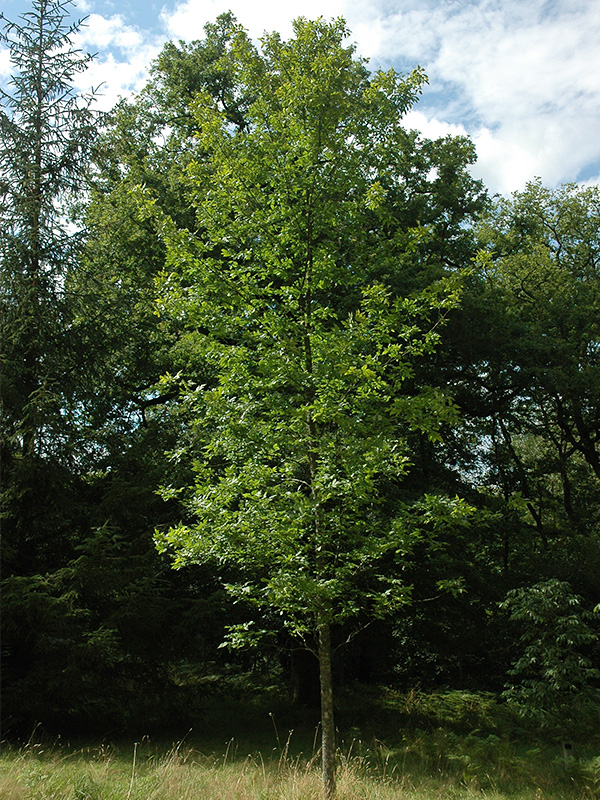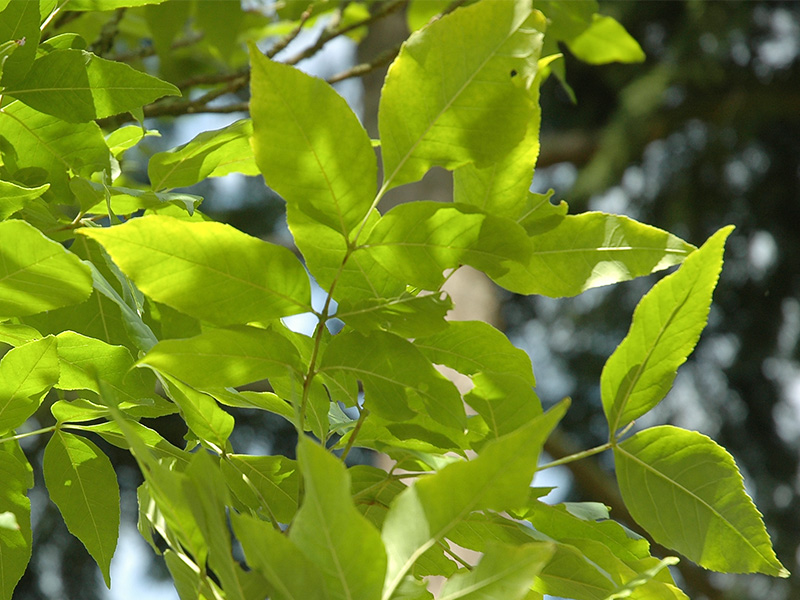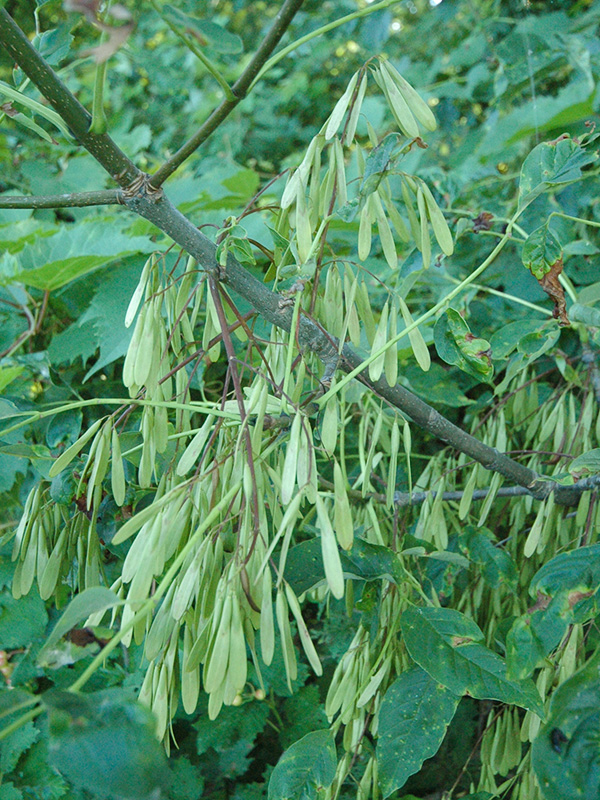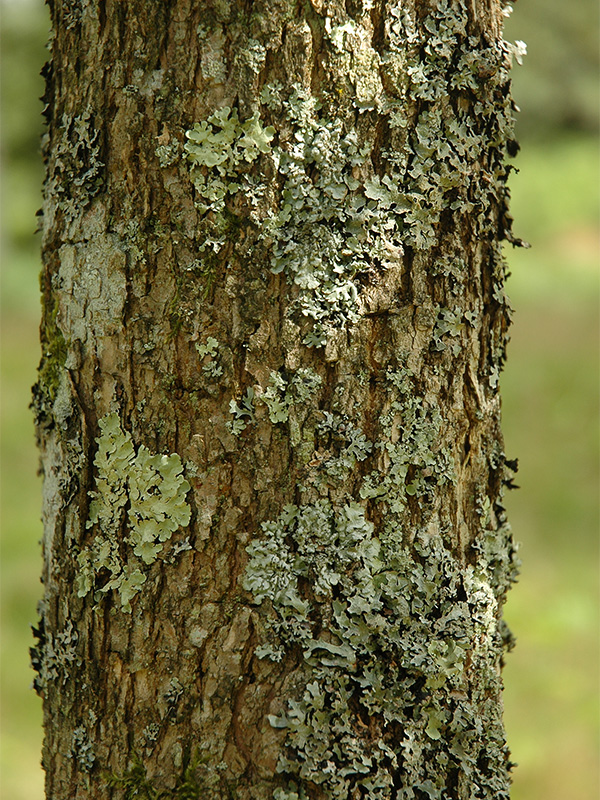| Shape | Horizontal, pointed and rounded. |
| Landscape | Has typically been used as a street, urban or shade tree. |
| Propagation | Budding onto species rootstock. |
| Cultivation | Full sun in moist, fertile and well-drained soils. Prefers highly acidic, humusy and loam soil. |
| Pests | Ash borer, lilac borer and carpenter worm. Susceptible to ash dieback. |
| Habitat | Horticultural origin. |
| Bark/Stem Description | Develops distinct diamond-shaped ridging on mature trees. |
| Leaf Description | Odd-pinnate compound leaves each with 5 - 9 leaflets. Oval to oblong-lanceolate leaflets that are 7 - 10 cm long. |
| Flower Description | Apetulous male flowers. |
| Fruit Description | Patmore is a male cultivar, therefore no fruit is produced. |
| Colour Description | The leaves are shiny green and turn yellow in autumn. The bark is a greyish-brown colour. |
| Texture Description | Bark is medium in texture. |



